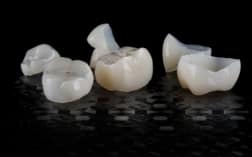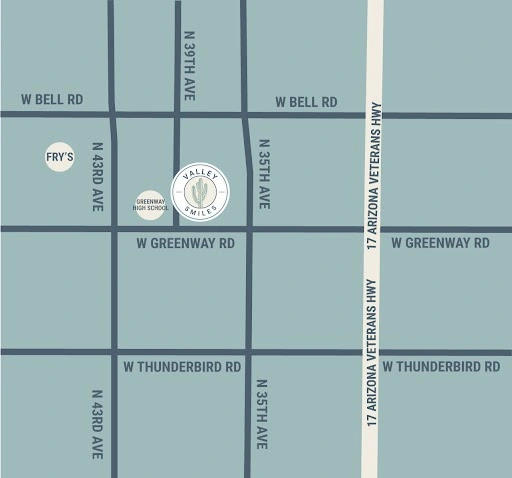Are you facing tooth extraction? Don’t worry, tooth removal is a routine dental procedure done to remove teeth that are severely damaged or decayed beyond repair. This post will help you understand everything about tooth extraction – what it involves, when it’s necessary, the types of tooth extraction procedures available, and more.
When tooth decay or damage reaches a point where it cannot be repaired by fillings, crowns or other treatments, tooth extraction may become necessary. Tooth extraction involves the complete removal of a tooth from its socket in the jawbone. It can be done for many reasons, such as dental trauma, tooth decay, overcrowding and infection.
Types of Tooth Extraction Procedures
There are two main types of tooth extraction procedures: simple tooth extraction and surgical tooth extraction. Simple tooth extraction is usually performed on tooth that is visible in the mouth and can be accessed easily. A tooth being extracted will be loosened with an instrument called an elevator and then removed with forceps. Surgical tooth extraction usually involves tooth that is impacted, which means it cannot erupt through the gums or has only partially erupted. During surgical tooth extraction, a small incision is made in the gums to access and remove the tooth.
Recovery After Tooth Extraction
After tooth extraction, it is important to follow your dentist’s instructions for a successful recovery and to reduce any potential complications. Following tooth extraction, there will be initial pain which can be managed with medication prescribed by the dentist. Swelling of the gums can also be reduced with the use of an ice pack. To reduce bleeding, the patient should bite down on a gauze pad or cloth for 30 minutes. Eating soft foods and drinking plenty of fluids is important to aid in recovery after tooth extraction, as well as avoiding smoking and avoiding brushing and flossing near the extraction site until it has healed.
Frequently Asked Questions (FAQS)
1. What is tooth extraction?
Answer: Tooth extraction is the complete removal of a tooth from its socket in the jawbone. It is done for many reasons, such as tooth decay, overcrowding or dental trauma.
2. How long does it take tooth extraction to heal?
Answer: Recovery after tooth extraction can take several weeks. The gums and socket will initially be sore and swollen, but this should reduce over time.
3. When is tooth removal necessary?
Answer: Tooth removal may become necessary when tooth decay or damage has reached a point where it cannot be repaired by fillings, crowns or other treatments.
Conclusion
Tooth extraction is a common dental procedure done to remove tooth that are damaged or decayed beyond repair. There are two main types of tooth extractions – simple it and surgical tooth extraction. After it, it is important to follow the dentist’s instructions for a successful recovery, such as taking prescribed medications for pain relief and avoiding smoking or brushing near the extraction site. If you have any questions about tooth extraction, speak to your dentist for more information.





